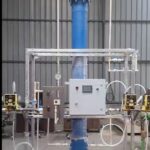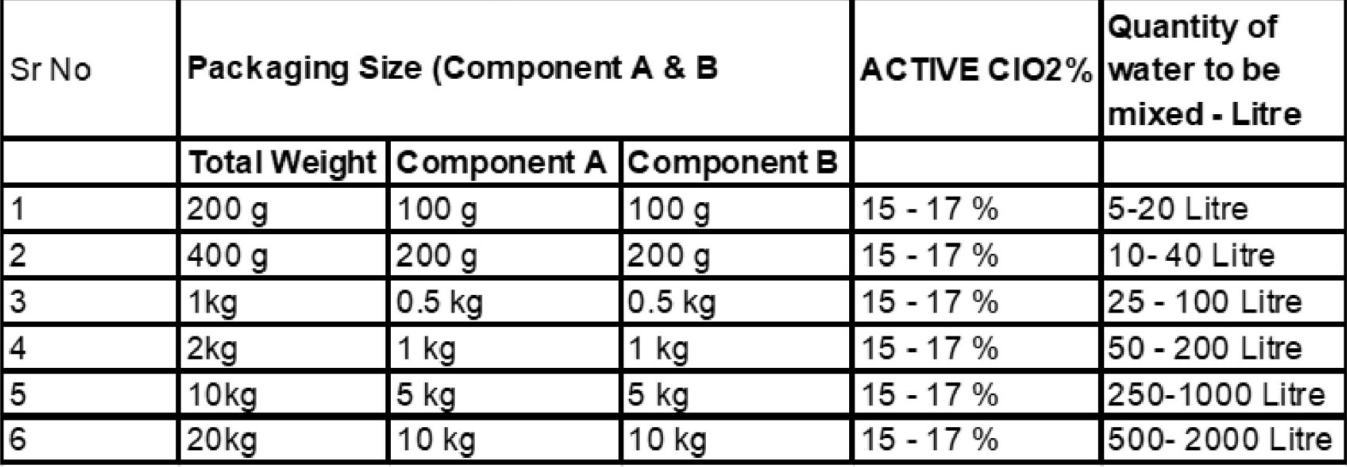What is Chlorine Dioxide?
Chlorine Dioxide ClO2 is a synthetic, green-yellowish gas with a chlorine-like, irritating odour. Chlorine dioxide is very different from elementary chlorine, both in its chemical structure as in its behavior. Chlorine dioxide is a small, volatile and very strong molecule. In diluted, watery solutions chlorine dioxide is a free radical. At high concentrations, it reacts strongly with reducing agents. Chlorine dioxide is an unstable gas that dissociates into chlorine gas (Cl2), oxygen gas (O2) and heat. When chlorine dioxide is photo-oxidized by sunlight, it falls apart. The end-products of chlorine dioxide reactions are chloride (Cl–), chlorite (ClO–) and chlorate (ClO3–). At –59°C, solid chlorine dioxide becomes a reddish liquid. At 11°C chlorine dioxide turns into gas. Chlorine dioxide is 2,4 times denser than air. As a liquid chlorine dioxide has a bigger density than water.
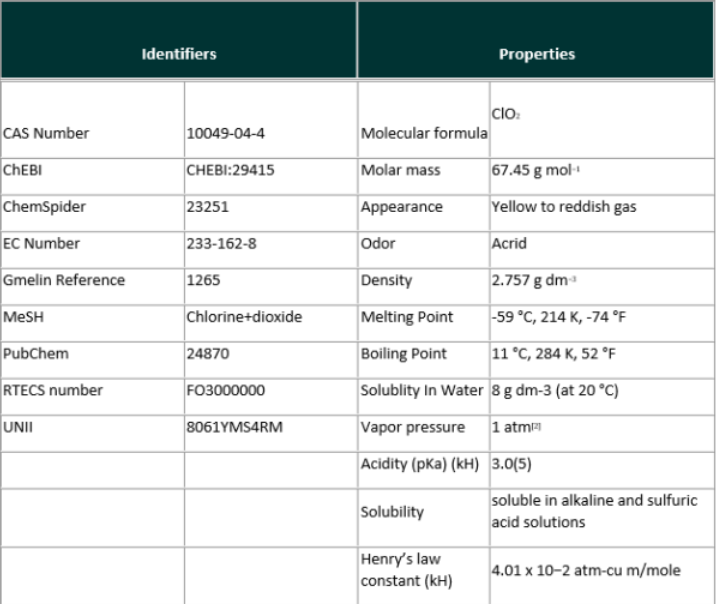
Residual Measurement OF ClO2
Analysis
Determination of residual ClO2 in process or potable water is a tricky situation. As there are several interferences from other oxidants present in water in addition to ClO2 and its disinfection bi-products. The test method for measurement of ClO2 is normally interfered with its bi-products chlorite & chlorate due to the difficulty in measuring a specific oxidants among other oxidants.
Following are the methods available and selectively used for analytical measurement of ClO2
AMARNATH
Amaranth – Amaranth is a colorimetric indicator that is selectively decolorized by mg/L concentration of ClO2. The method does not have interference by chlorite, chlorate, monochloramine, free chlorine & ferric ion, and the minimum measurement that can be performed is up to 5mg/L. Hence the said is recommended only in the lab level and not in the field.
CHLOROPHENOL RED ( CPR)
Chlorophenol Red ( CPR). – The method is similar to Amarnath method where in CPR is decolorized by ClO2. The method faces interference by free chlorine in the water. With this method concentrations up to 0.1 ppm can be determined. But again the method is operation dependent because of the precise pipetting requirement.
DPD METHOD
DPD method – This is the most commonly used method for testing ClO2 in industrial methods. DPD forms a pink color & the intensity of the color is proportional to the concentration of ClO2. The problem with the method is chlorine & chlorite ions also react with DPD reagents. The system works fairly well in the clean water system. But in cases of cooling towers & waste towers, there are several interferences from hydrocarbon, SRB etc…
LISSAMINE GREEN B ( LGB)
LGB ( Lissamine Green B) – Like amaranth and CPR, ClO2 selectively decolorizes LGB dye. With this method, the minimum residue that can be measured is 2.5 mg/L. but again the method is only recommended at the laboratory level and not in the field.
Chlorine Dioxide Products
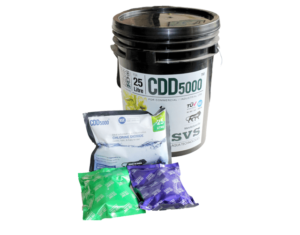
CDD-5000®

Chloritab®
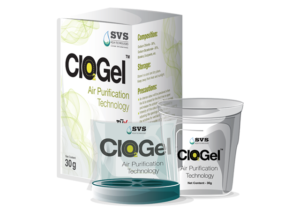
ClO2Gel®

Chlorone®

ClO2Guard®

CDL-7500®
